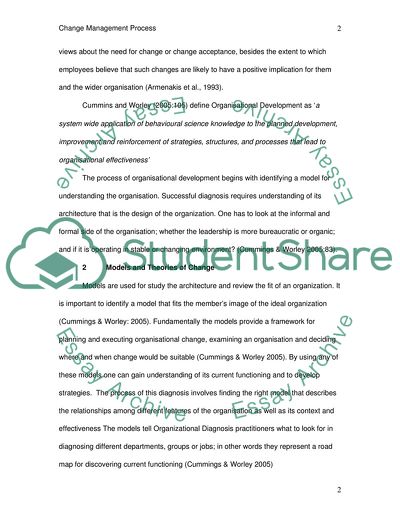Cite this document
(Structural Changes in Organisations Term Paper Example | Topics and Well Written Essays - 2000 words, n.d.)
Structural Changes in Organisations Term Paper Example | Topics and Well Written Essays - 2000 words. https://studentshare.org/human-resources/1711667-change-management-process
Structural Changes in Organisations Term Paper Example | Topics and Well Written Essays - 2000 words. https://studentshare.org/human-resources/1711667-change-management-process
(Structural Changes in Organisations Term Paper Example | Topics and Well Written Essays - 2000 Words)
Structural Changes in Organisations Term Paper Example | Topics and Well Written Essays - 2000 Words. https://studentshare.org/human-resources/1711667-change-management-process.
Structural Changes in Organisations Term Paper Example | Topics and Well Written Essays - 2000 Words. https://studentshare.org/human-resources/1711667-change-management-process.
“Structural Changes in Organisations Term Paper Example | Topics and Well Written Essays - 2000 Words”. https://studentshare.org/human-resources/1711667-change-management-process.


